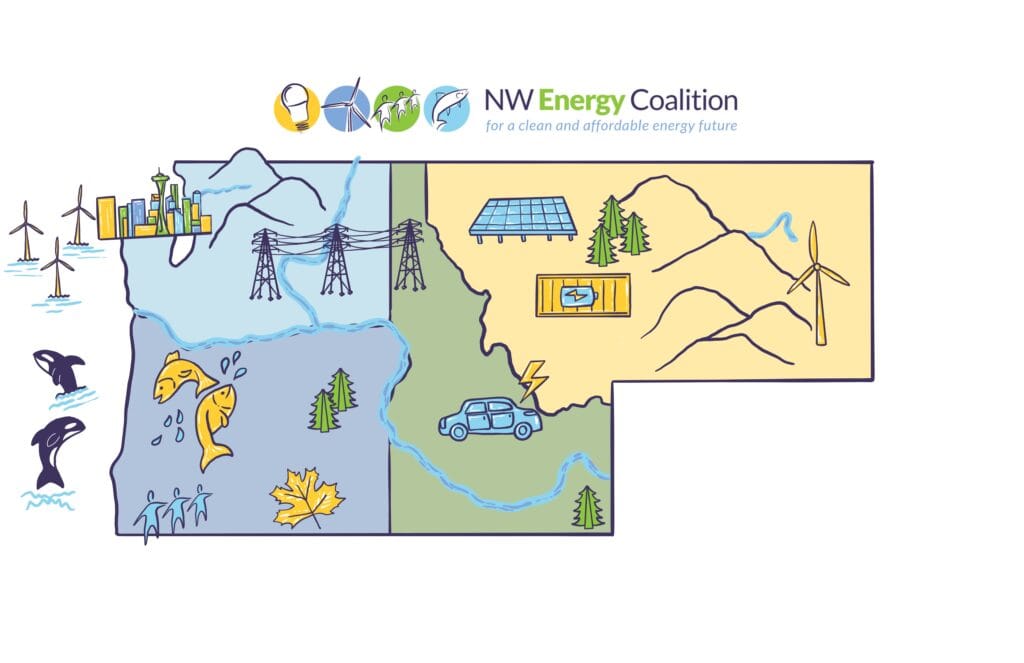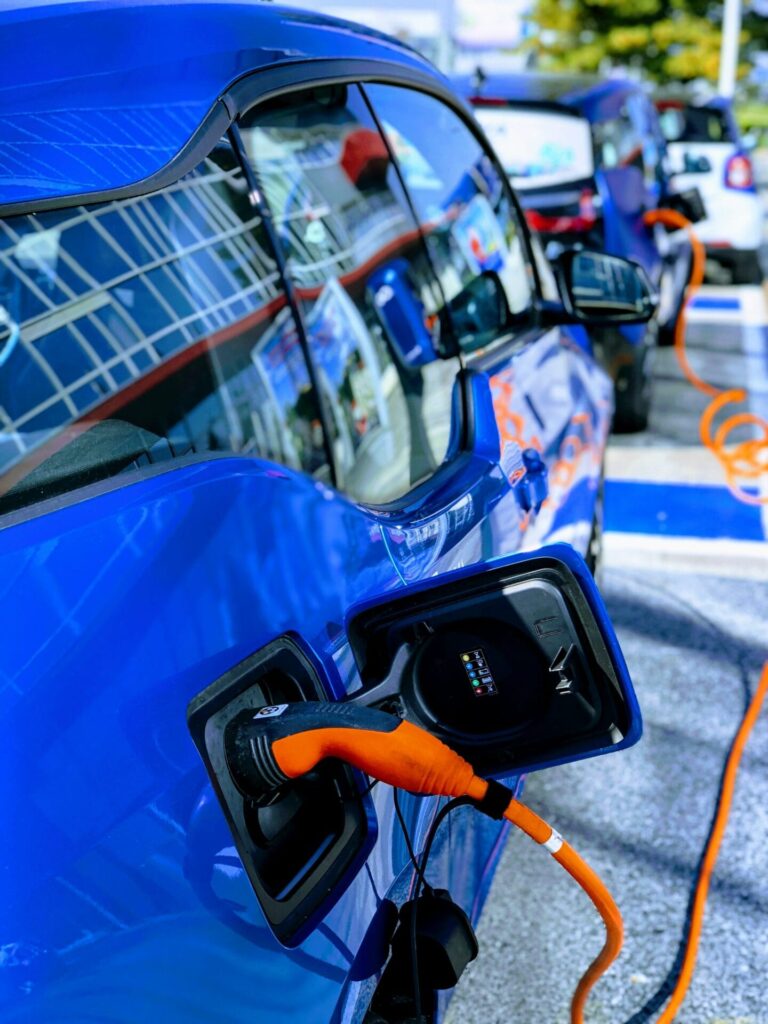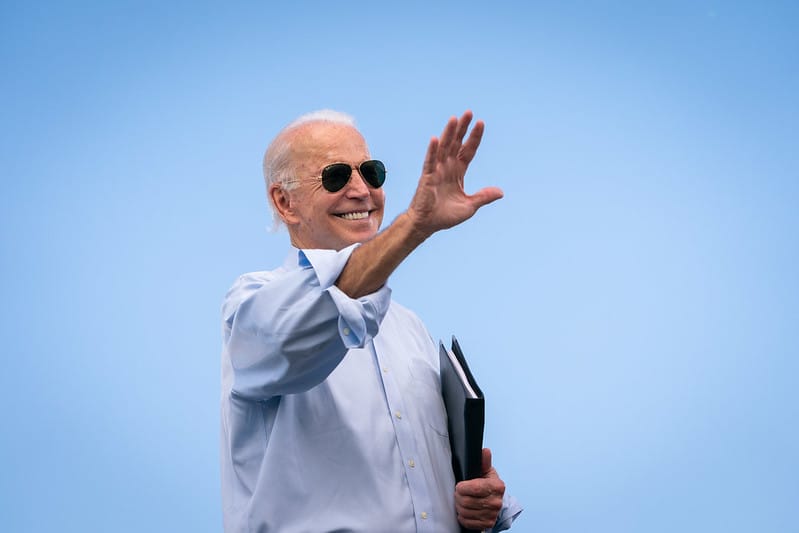August 2022 Newsletter: Largest climate investment in US history, lower Snake River dams, and more

Featured
Largest climate and clean energy investment in history: The Inflation Reduction Act
As many others have said, we believe the recently passed Inflation Reduction Act (IRA) is a historic law that invests unprecedented funds into clean energy and climate benefits. We understand that there were significant compromises made and trade-offs that give us heartburn. However, on the whole, the IRA may transform the clean energy economy, clean technology industries, and set the country on course for a 40% reduction in 2005 greenhouse gas emissions by 2030.
We also recognize that this type of investment is long overdue and is just the beginning. We need continued aggressive action at the local, state, and federal level, and we look forward to engaging with our members to make that happen!
Here are some of the most helpful resources our team found when trying to unpack the IRA:
In the States, on the Ground
Washington
This month, the NW Energy Coalition joined a multiparty settlement in Puget Sound Energy’s Washington electric and natural gas general rate case. NWEC was jointly intervened in the proceeding with Sierra Club and Front and Centered, and together, the parties pushed for provisions that ensure that the utility is meeting its commitments to clean and equitable energy service. Highlights of the Settlement include a substantial decrease in the revenue requirement for both electric and gas compared to the originally filed case; the creation of trackers for Colstrip costs, Clean Energy Transformation Act investments, and transportation electrification investments for separate ratemaking treatment; removal of the Colstrip Dry Ash Waste Disposal Facility from rates; incorporation of equity considerations into capital and delivery system planning; an increase to low-income bill assistance funding; commitment to develop a low-income bill discount rate and arrearage management plan program; significant increase to demand response acquisition; development of a time varying rate pilot; phase-out of natural gas line extension allowances; commitment to accessible EV payment methods; a $15 million targeted electrification pilot; and significant update of the Company’s scorecard to include performance metrics in a variety of areas.
NWEC and its fellow intervenors are represented by Earthjustice in this proceeding. The Washington State Utilities and Transportation Commission will review the settlement later this year and issue an order. More information is available in Docket UE-220066/UG-220067.

Oregon
The Oregon State Public Utilities Commission (PUC) adopted PUC staff’s recommendations for new guidance and rules to address transportation electrification (Division 87 rules). The new rules and complementary guidance outline the process for the development and implementation of utility transportation electrification portfolios. PUC staff intends the guidance to complement the rules, by incorporating details brought forth in a workshop process by a wide range of stakeholders. The flexible implementation guidance will allow Oregon’s EV programs to more rapidly evolve with the region’s dynamic electric vehicle market.
Within the guidance document, PUC staff has included a set of metrics that reflect a proposal from NW Energy Coalition, Verde, Citizens’ Utility Board, Climate Solutions, Oregon Environmental Council, Green Energy Institute, Portland General Electric, and PacifiCorp. These metrics will be used to establish baseline data that will allow stakeholders, utilities, and the Commission to evaluate utility transportation electrification portfolio outcomes and gaps and make informed recommendations.
You can read the order from the PUC here.

Idaho
No updates from Idaho this month.
Decarbonizing the Northwest Webinar Series Digest
This summer, through June and July, NW Energy Coalition hosted four webinars, bringing expert panelists together to discuss the most pressing, forward-looking decarbonization issues as the Northwest leans in on transforming our energy system to meet climate and equity goals.
Read our Webinar Series Digest to learn what was discussed and view panelists’ slides.

Montana
Northwestern Energy is in the midst of resource procurement planning in anticipation of filing their 2022 Integrated Resource Plan by the end of the year. For the first time, their modeling included closure of Colstrip in 2025, 2030, or 2035. However, they plan to model replacing Colstrip with small modular nuclear reactors. For more info and to provide feedback on the planning process, see here.

Northwest
The much anticipated final report “Lower Snake River Dams: Benefit Replacement Report” was released by Senator Murray and Governor Inslee on August 25, along with their recommendations. The Coalition released the following statement following the report:
“We agree with the recommendations from Senator Murray and Governor Inslee that lower Snake River dam replacement services can and must be in place so we can breach the Snake River dams as soon as possible. We are pleased to see the emphasis on taking action now, as it is vital to enabling this transformation. While the path forward toward a decarbonized energy system will have its challenges, the region must lean into comprehensive planning and implementation now, so that we can begin to acquire the suite of clean energy resources that will maintain an affordable, clean, and more reliable energy grid. Thank you, Senator Murray and Governor Inslee, for helping to chart our direction.” – Nancy Hirsh, Executive Director.

August is Black Business Month!
Join us in celebrating Black Business Month by shopping at Black-owned businesses throughout the Northwest.
Here is a list of Black owned businesses in some cities of the Northwest:



